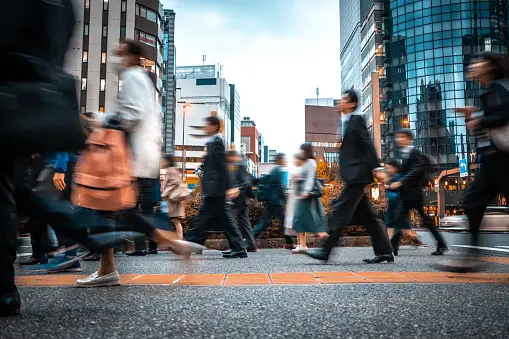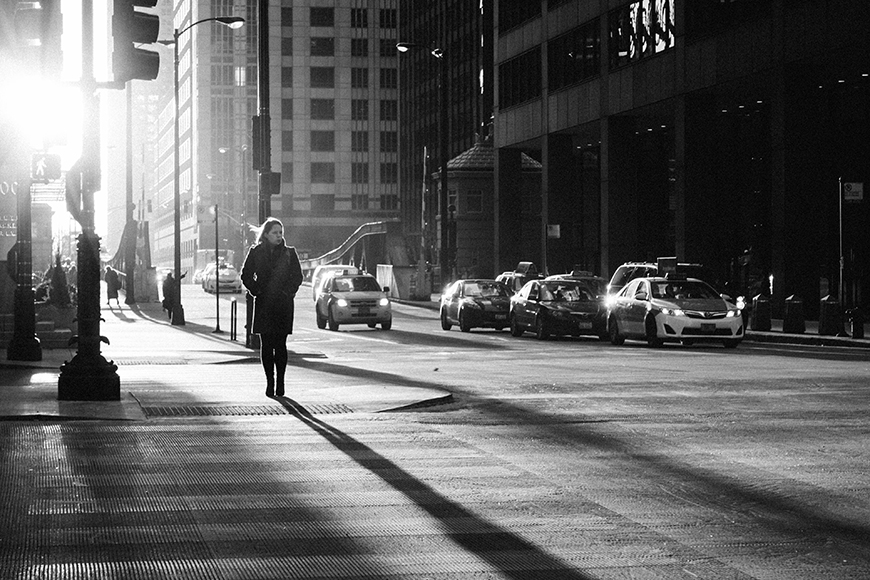Street Photographers for Beginners
More About Street Photographers
Table of ContentsStreet Photographers - The FactsStreet Photographers Can Be Fun For AnyoneAbout Street PhotographersStreet Photographers for DummiesStreet Photographers Fundamentals Explained
, a category of photography that records everyday life in a public area. The very publicness of the setting makes it possible for the digital photographer to take candid photos of complete strangers, typically without their understanding. Street professional photographers do not necessarily have a social objective in mind, but they choose to separate and catch moments which might or else go unnoticed.Though he was affected by many of those who influenced the street digital photographers of the 1950s and '60s, he was not primarily interested in recording the spirit of the street. The impulse to aesthetically record people in public began with 19th-century painters such as Edgar Degas, douard Manet, and Henri de Toulouse-Lautrec, that functioned side by side with professional photographers trying to catch the significance of city life.
Due to the comparatively primitive innovation available to him and the long exposure time needed, he battled to capture the pressure of the Paris roads. He trying out a series of photo approaches, attempting to find one that would certainly permit him to catch movement without a blur, and he discovered some success with the calotype, patented in 1841 by William Henry Fox Talbot. In comparison to Atget, digital photographer Charles Marville was worked with by the city of Paris to produce an encyclopaedic document of Haussmann's urban planning task as it unfolded, hence old and new Paris. While the professional photographers' topic was essentially the same, the results were significantly different, demonstrating the impact of the photographer's bent on the personality of the images he created.
The 6-Minute Rule for Street Photographers
Provided the fine top quality of his photographs and the breadth of product, designers and musicians frequently purchased Atget's prints to make use of as reference for their own work, though commercial rate of interests were hardly his primary motivation. Rather, he was driven to photograph every last residue of the Paris he enjoyed. The mingled passion and necessity of his objective sparkle through, leading to photos that narrate his very own experience of the city, top qualities that anticipated road photography of the 20th century.

Unlike his peers, Brassa utilized a larger-format Voigtlnder camera with a longer exposure time, compeling him to be extra calculated and thoughtful in his practice than he might have been if using a Leica. (It is thought that he might not have actually been able to afford a Leica back then, however he did, nevertheless, make use of one in the Home Page late 1950s to take colour photographs.) Brassa's photographs of the Paris abyss brightened by man-made light were a revelation, and the collection of the series that he released, (1933 ), was a significant success.

Street Photographers Things To Know Before You Buy
It is because of this fundamental understanding of the art of image taking that he is commonly credited with discovering the tool throughout once more about a century because its invention. He took photos for greater than a half century and affected generations of digital photographers to trust their eye and instinct in the moment.
These are the inquiries I will try to address: And after that I'll leave you with my very own meaning of street photography. Yes, we do. Allow's start with specifying what a meaning is: According to it is: "The act of defining, or of making something guaranteed, distinctive, or clear".
No, absolutely not. The term is both restricting weblink and misdirecting. Seems like a street photography should be images of a roads ideal?! And all road digital photographers, except for a handful of absolute beginners, will completely appreciate that a street is not the key element to street digital photography, and in fact if it's an image of a street with perhaps a couple of boring individuals not doing anything of interest, that's not road digital photography that's a snapshot of a street.
Little Known Questions About Street Photographers.
He makes a valid point do not you believe? Nevertheless, while I concur with him I'm unsure "candid public digital photography" will certainly capture on (although I do kind of like the term "honest photography") because "street digital photography" has actually been around for a very long time, with lots of masters' names connected to it, so I believe the term is right here to remain.
Inside?! I hear you scream as you tremble your clenched fist to the skies. Why not? You can contend the coastline, at a festival, in a street, in a park, in a piazza, in a cafe, at a museum or art gallery, in a metro station, at an event, on a bridge, under a bridge ...
Yes, I'm afraid we have no selection! Without guidelines we can not have a meaning, and without a meaning we don't have a style, and without a genre we don't have anything to define what we do, therefore we are stuck in a "policies interpretation style" loop! And no-one intends to get stuck in a loop. - Street Photographers
